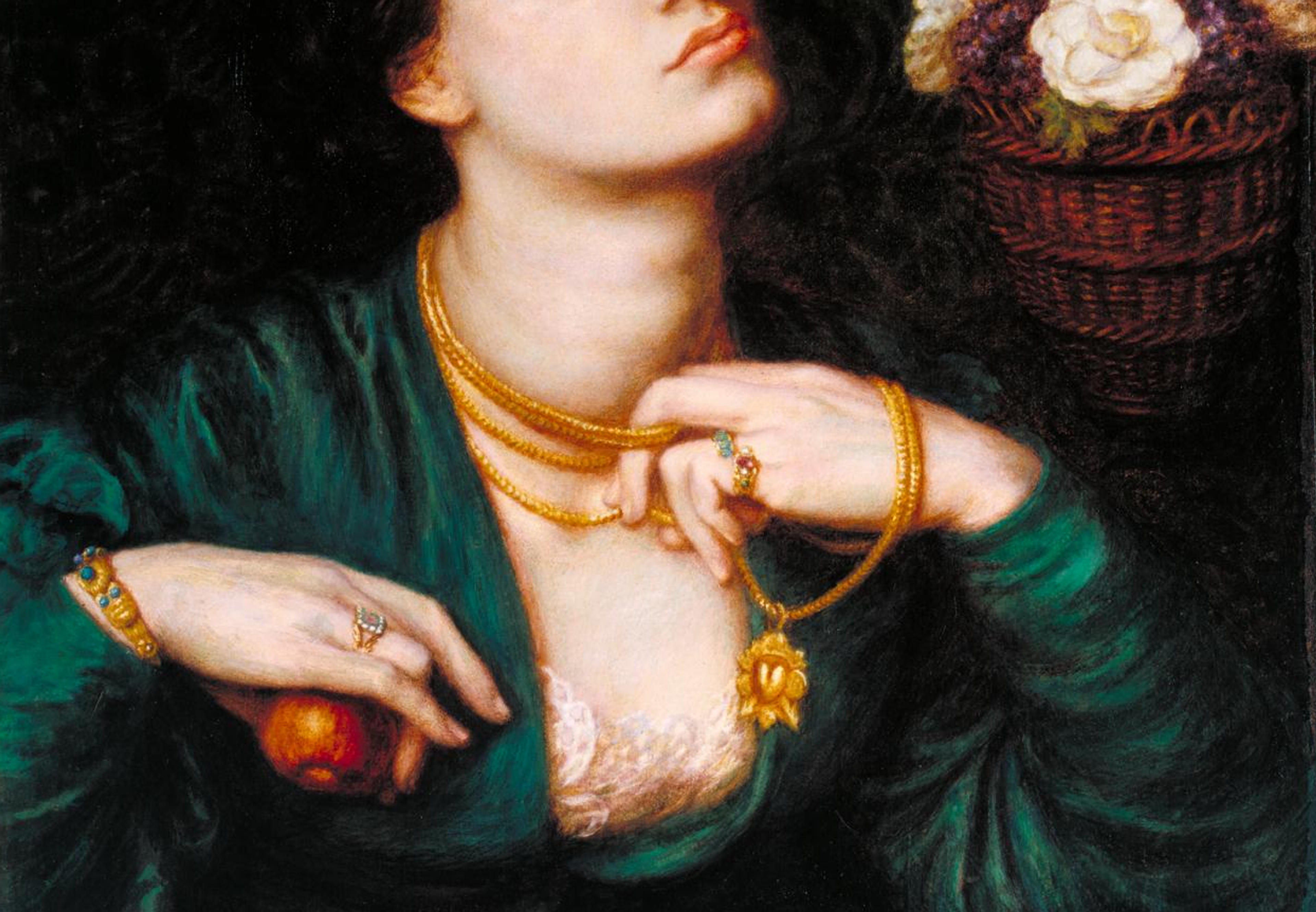The history of chains is tied to the history of metal production. For most of the Neolithic Age (think the first human farming settlements), metals were trapped in rocks and processing was completely unknown. Archeological evidence suggests that the first metal processing began in 7000 BC and it was around this time that the first gold thread was made. The thread was made by cutting thin strips from hammered gold sheet and rolling them out to create long, fine filaments. These golden threads would then be used to create chain.
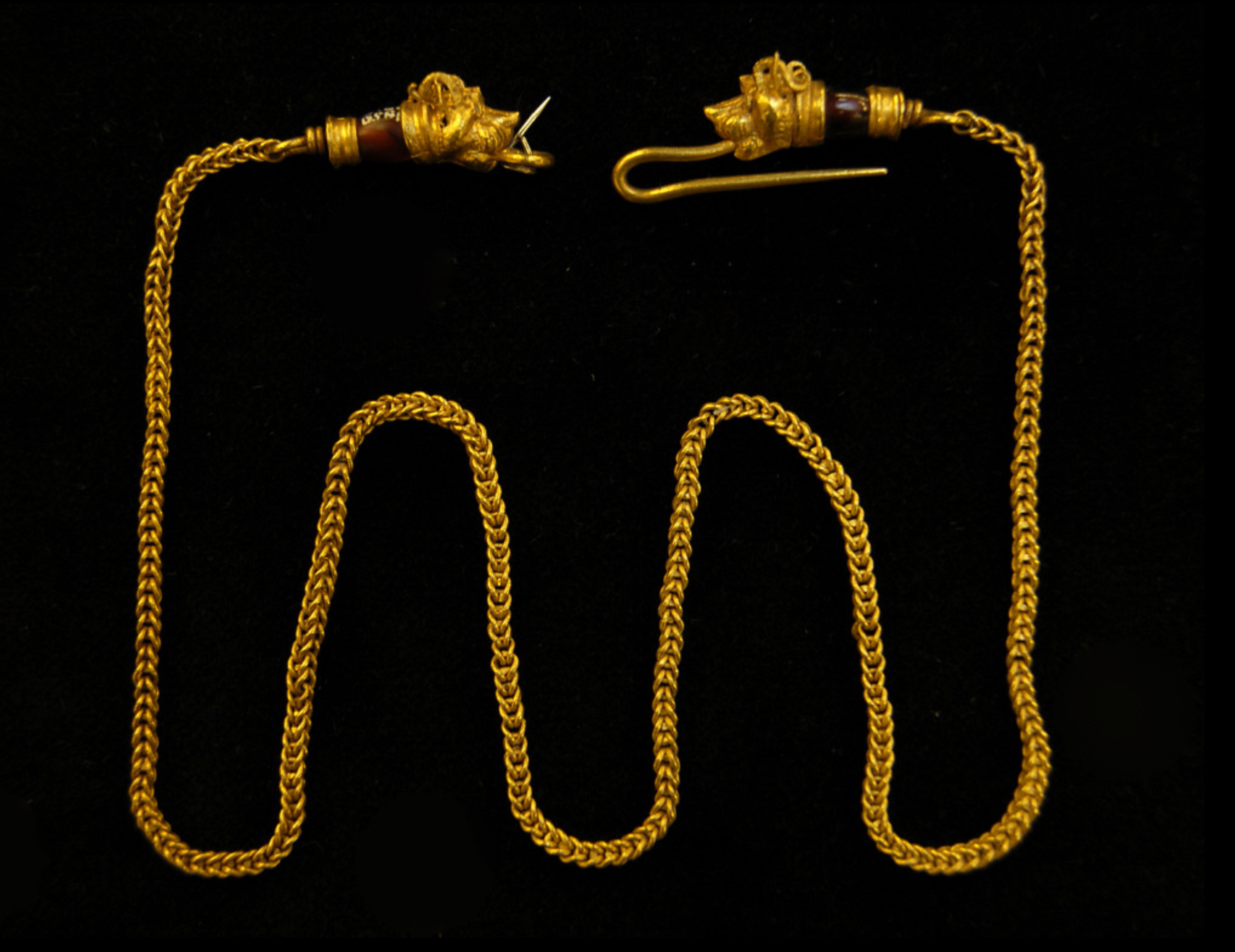
Gold chain with lion's head clasp, 3rd BC, excavated Cyprus, British Musuem.
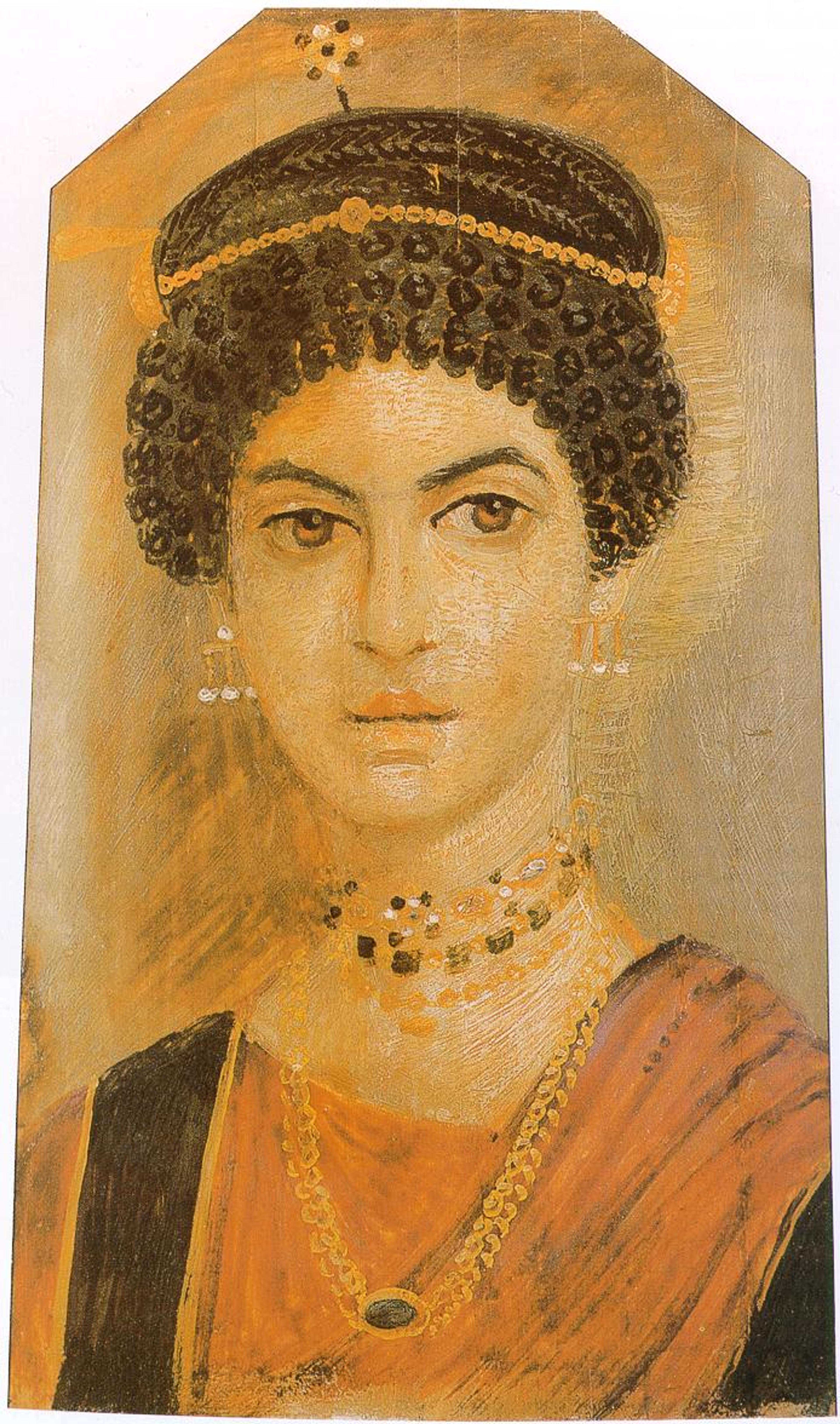
Mummy-portrait in encaustic waxes on a wooden panel, depicting a woman wearing...
Possibly the most widespread and versatile of all jewelry, chain imagery has been imbued with a dual meaning since conception. Made of a series of linked circles, they have both represented positive sentiments like eternal love and connection, but also negatives like oppression, imprisonment and pain.
“I know women, women adore chains, give her a chain and she will adore you.” — Coco Chanel, to a friend asking gift advice for the woman he loved.
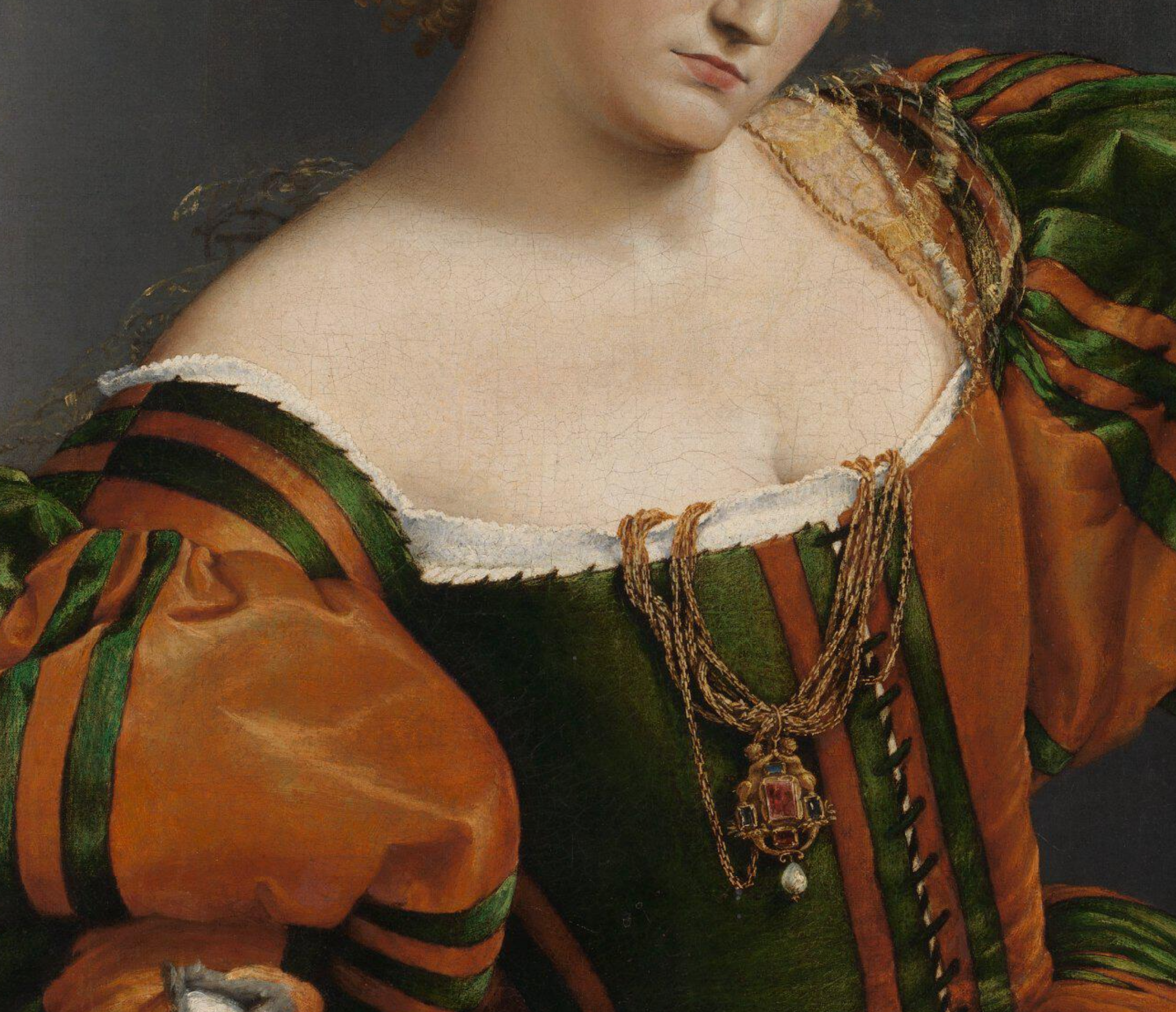
Detail from Portrait of a noblewoman as Lucretia by Lorenzo Lotto, 1533.
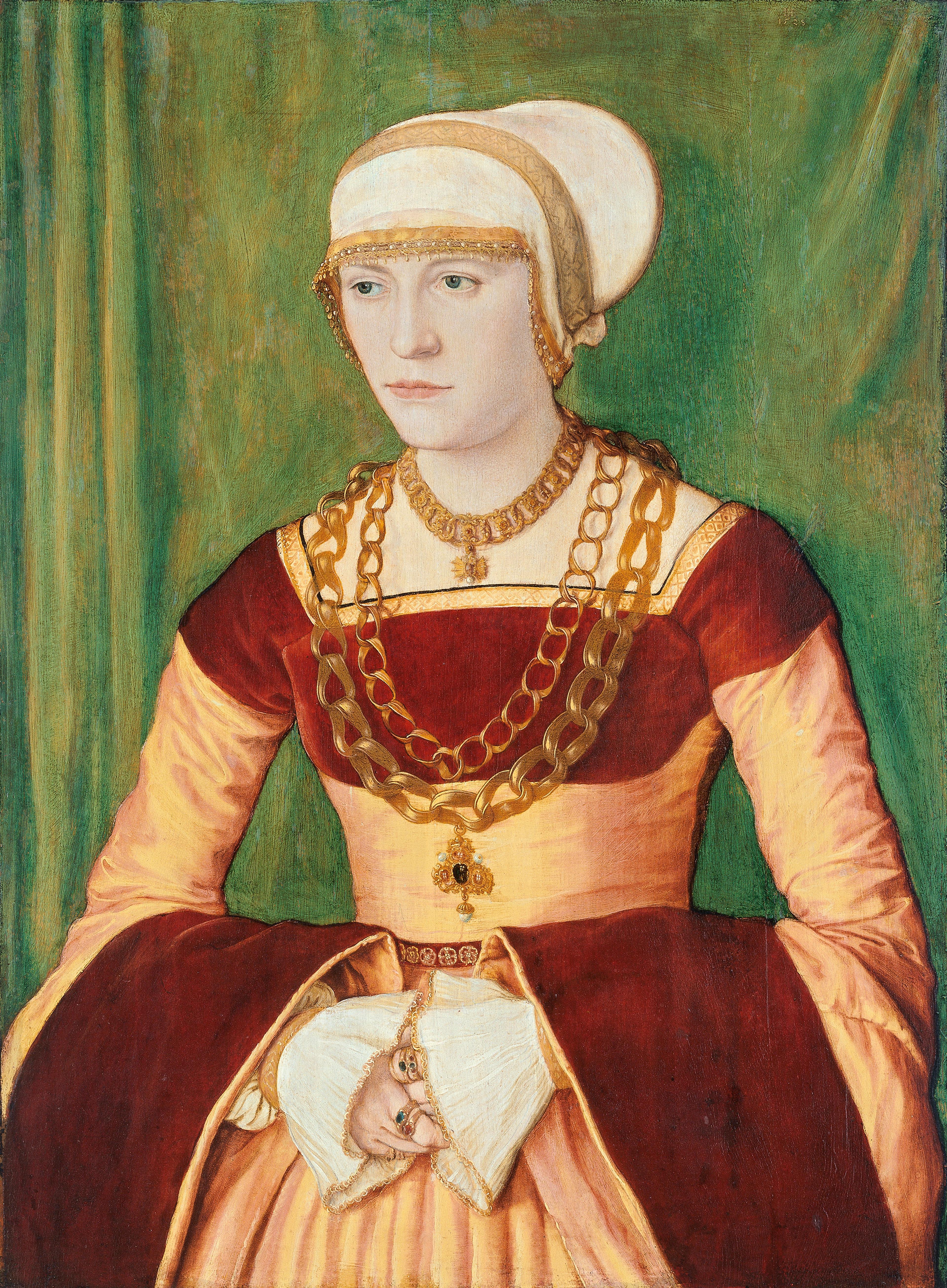
Portrait of Ursula Rudolph wearing multiple heavy chains by Barthel Beham, 1528.
Chains have a cultural significance that spans place, time and religious beliefs. Ancient Greeks and Romans read Homer’s description of a chain made by Zeus that connected the heavens and earth. For Christians, the gold chain became a visual link of the connection between man and god. And for Buddhists and Hindus, the chain is an emblem of karma, representing the close connection between actions and consequences.

Roman body chain on fresco depicting Ares and Aphrodite found at Pompeii.

Roman body chain found in the 1992 Hoxne Hoard, the largest hoard...
By the time of the Roman Empire, chains abounded in various forms: close-fitting links, or plaited gold thread, or woven double links, smooth or knurled golden thread. Then, like now, chains could be embellished with pendants or charms. This was the period when body chains were invented.
In his book Natural History, Roman naturalist Pliny the Elder complained that Roman women, “do nothing but talk about the gold chains they use to adorn their hips and necks.”
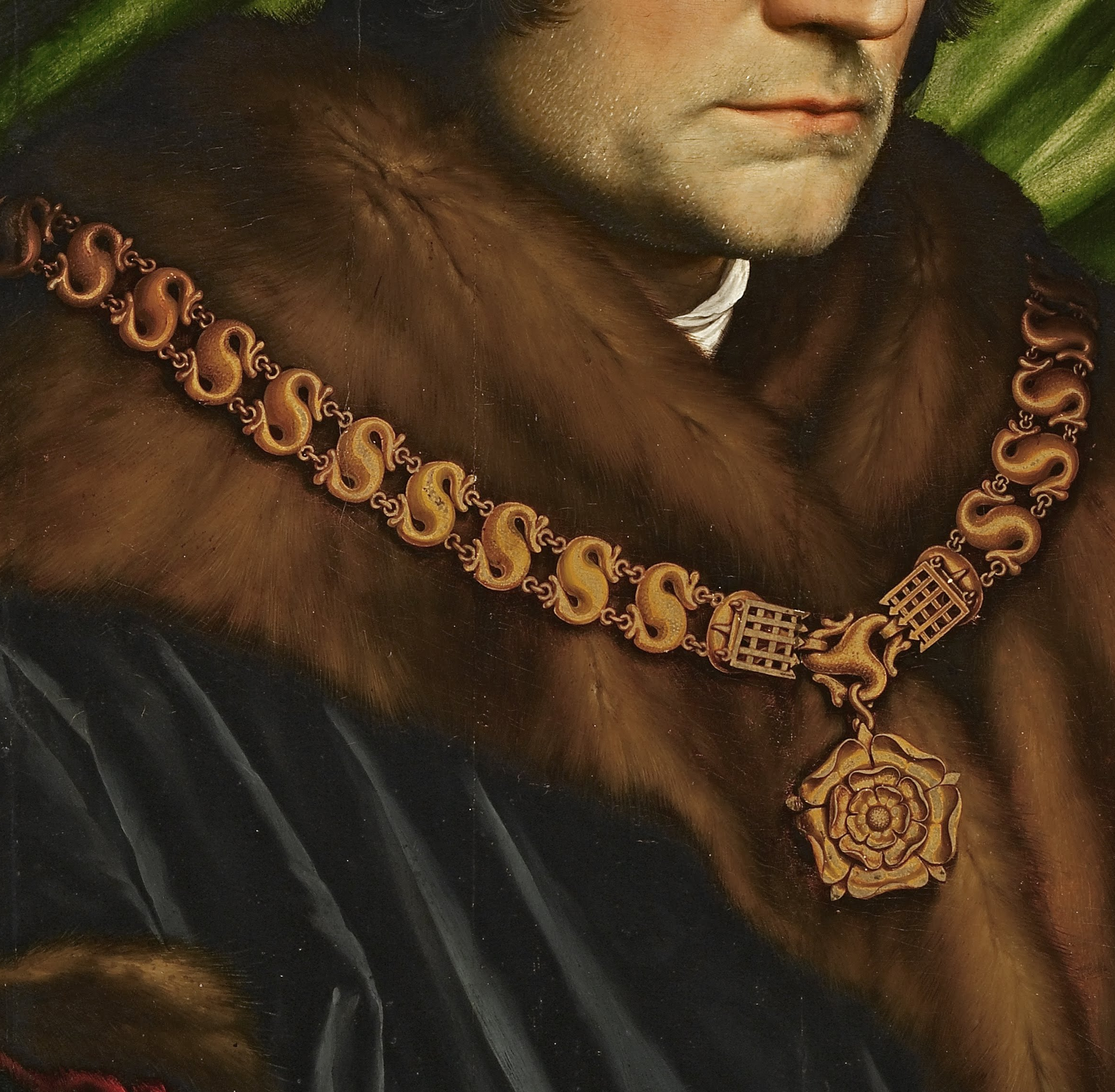
Livery collar on Sir Thomas More wearing the Collar of Esses, with...
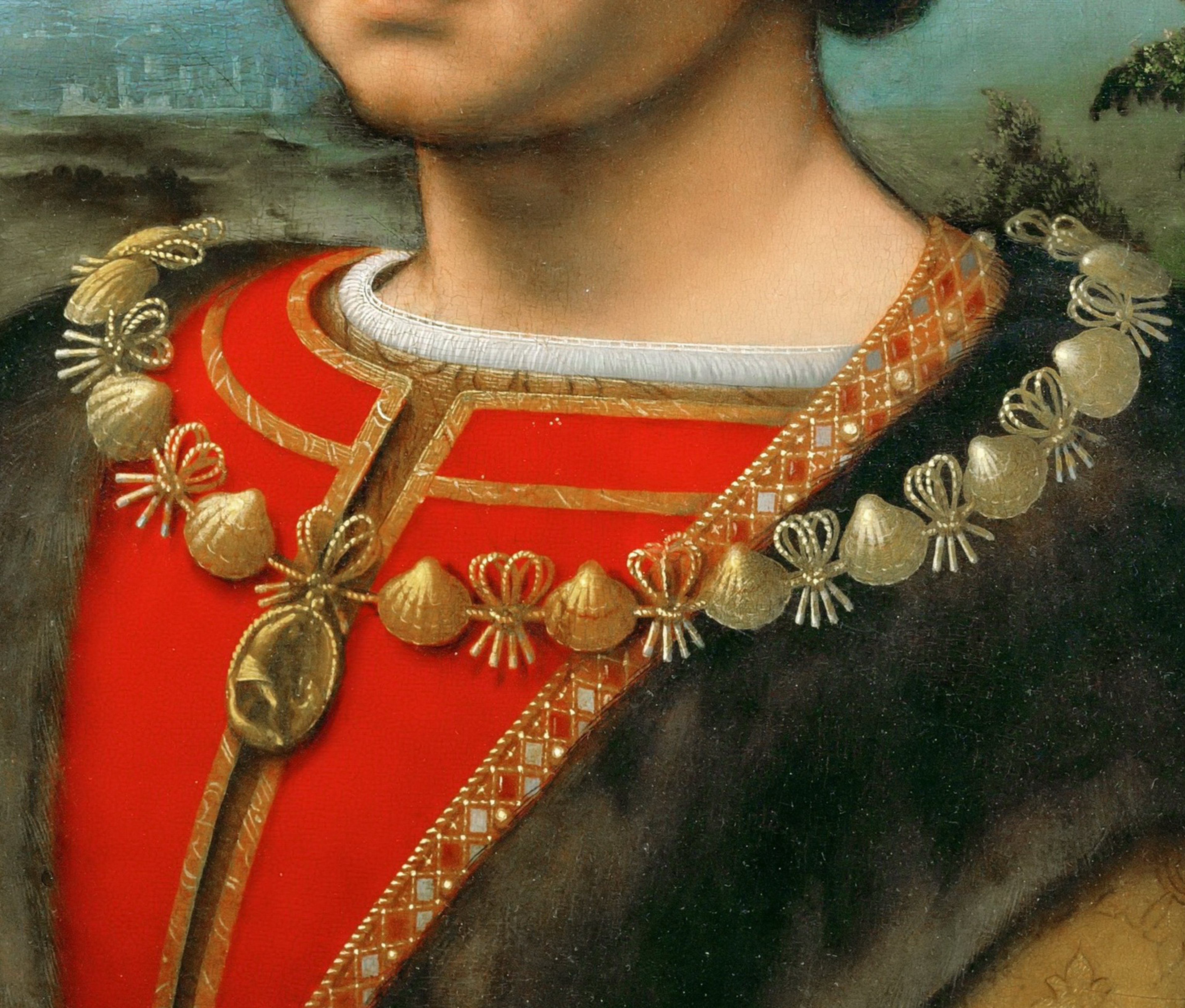
Livery collar on Charles d'Amoise in the cockleshell collar of the Order...
Toward the end of the Medieval period a new type of adornment called a livery collar burst onto the chain scene. This extremely heavy — usually gold — chain was worn as a sign of loyalty. From the collar hung a pendant, known as a livery badge, denoting the order or connection one was affiliated with. Henry VIII frequently gifted chains to his favorites (although he kept the best for himself).
By the Renaissance, the flow of gold to Europe from the Indies and Americas led to rapid expansion in the work of goldsmiths. A chain plus pendant was a status symbol. In England, for example, members of the rival houses of York and Lancaster wore their respective emblems as medallions hung from gold chains.

Believed to be Bia di Cosimo de’ Medici, the illegitimate daughter of...
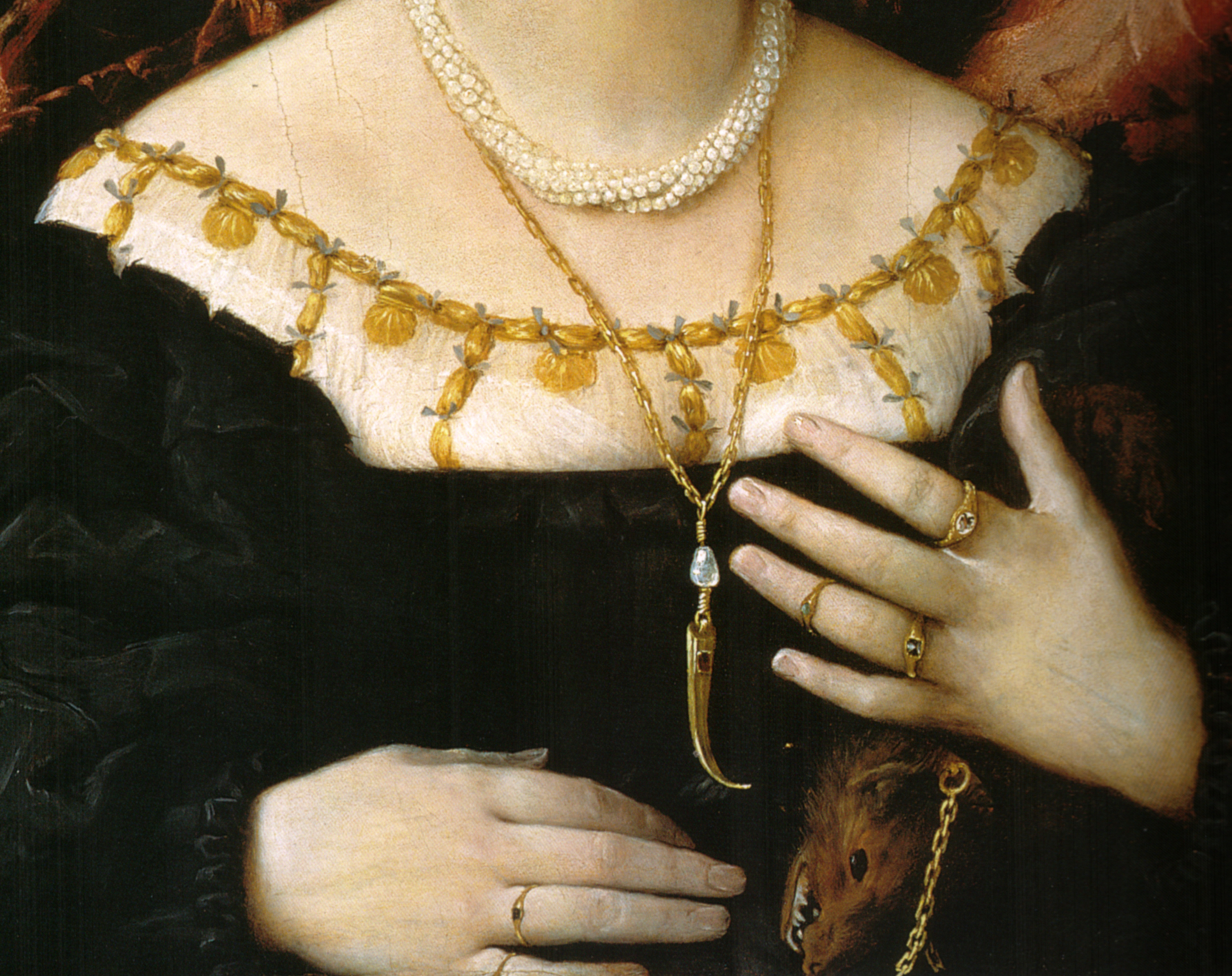
The weasel was a fertility talisman in the Renaissance. It was believed...
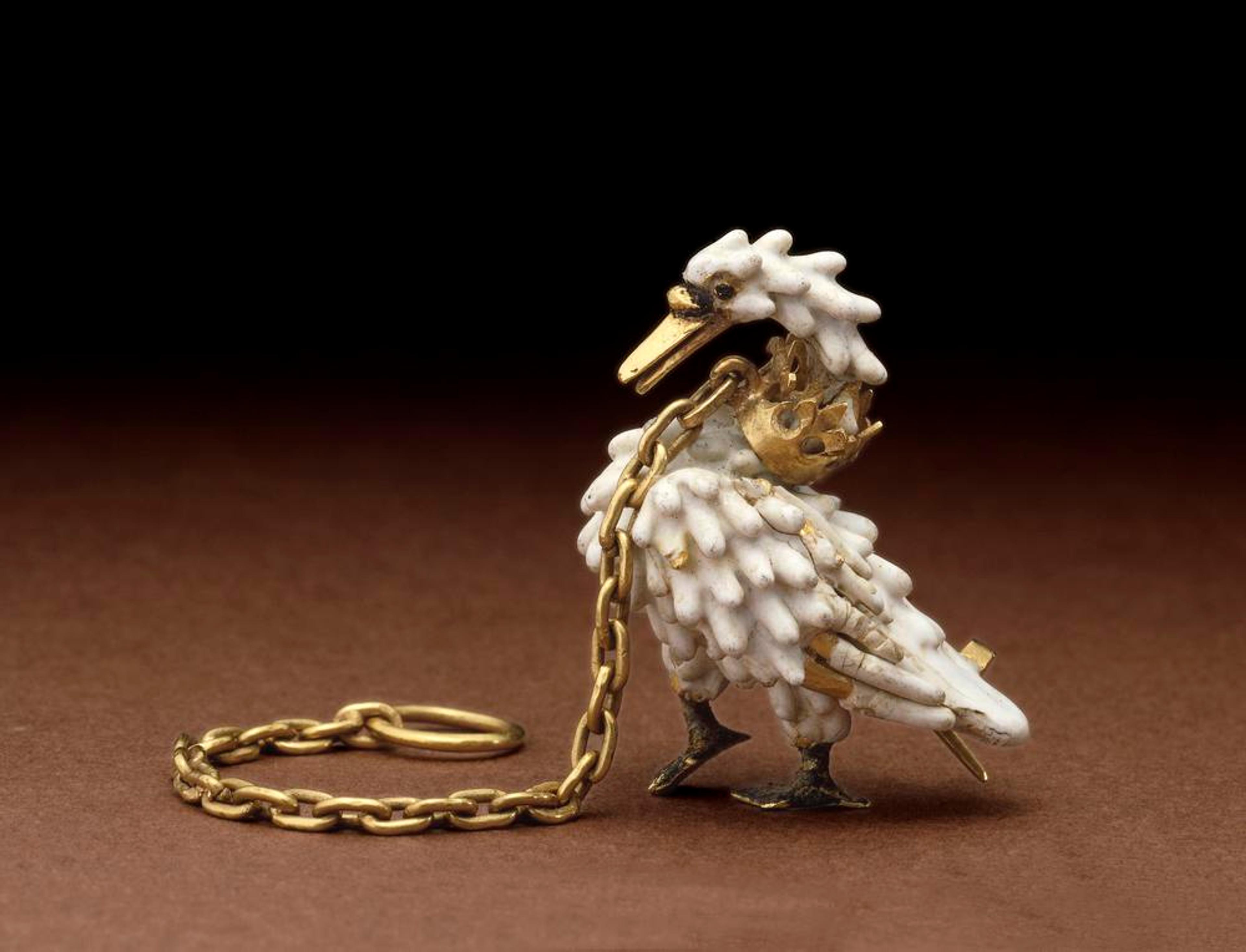
Livery badge known as The Dunstable Swan Jewel. Thought to have been...

Silver gilt livery badge depicting a white boar. This device was used...
Chains were both a fashion accessory and a direct indication of one’s bank balance.
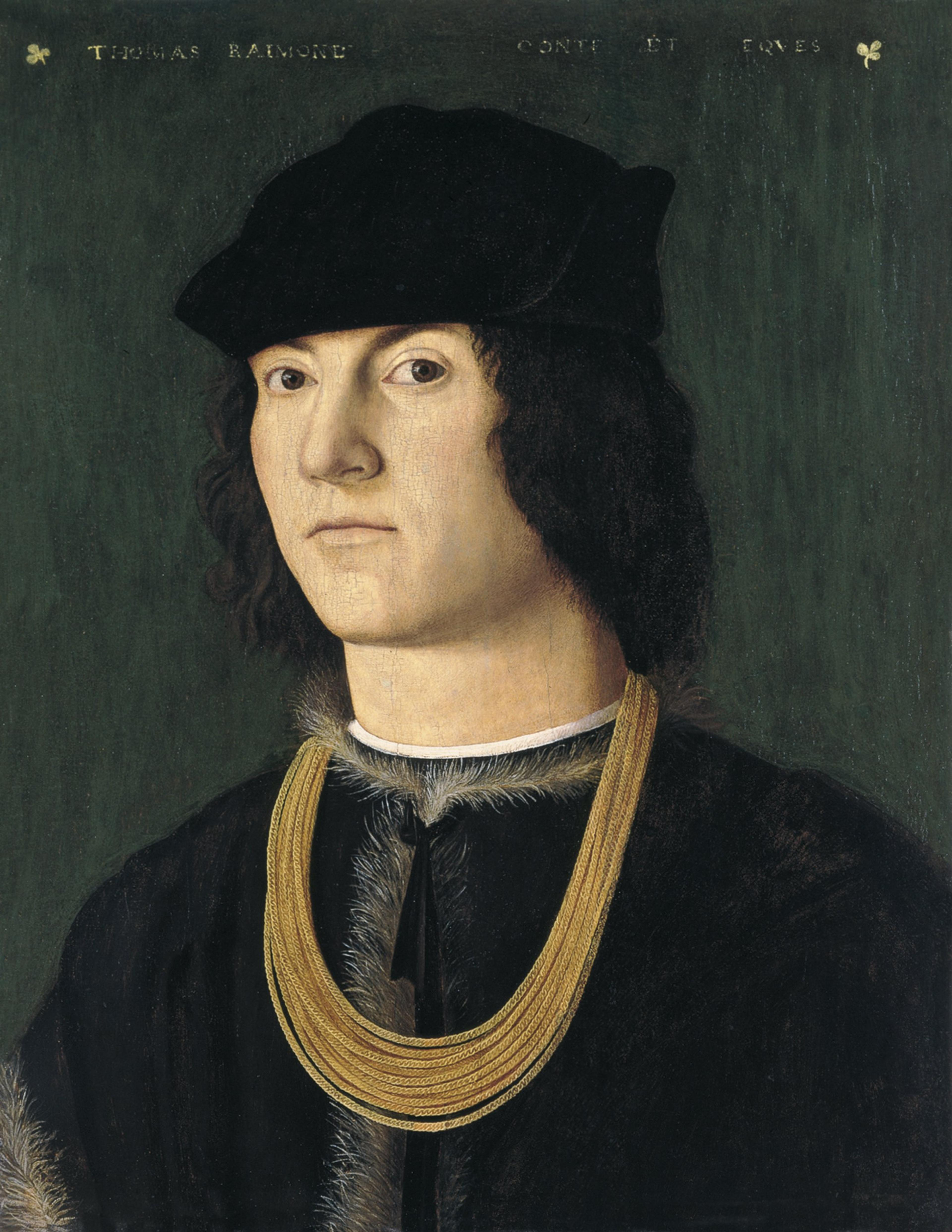
Portrait of Tommaso Raimondi by Amico Aspertini, c. 1500.
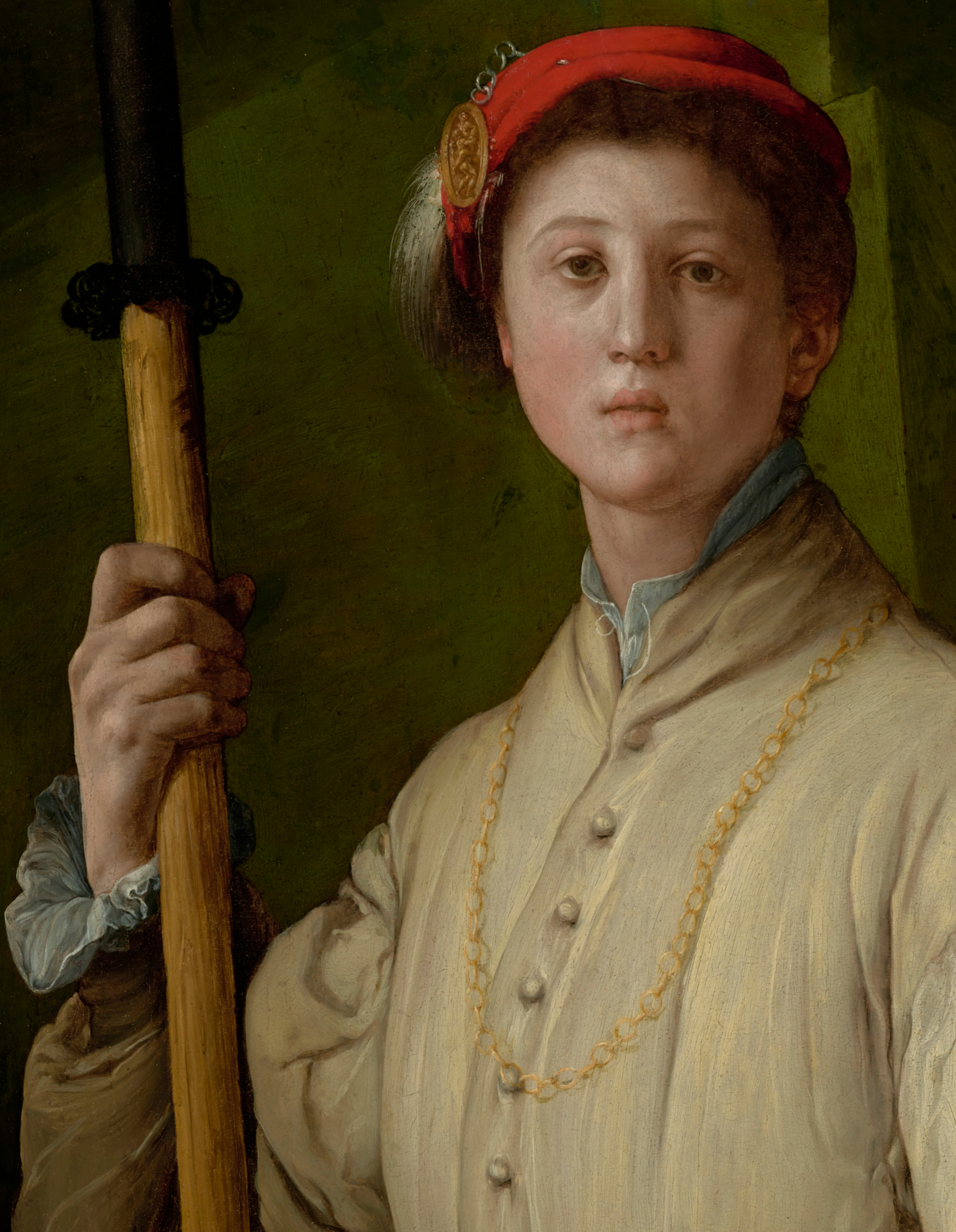
Portrait of a Halberdier by Jacopo Pontormo, 1530.
Sir Thomas Gresham, the 16th century founder of the London Stock Exchange, maintained much of his personal capital in gold chain. In Italy, men often wore large, heavy chains (call to mind the look of Run DMC). Those heavier chains had a practical purpose: each link was made so that its value corresponded to the common currency. A single link could be removed from the chain and used to make a purchase.
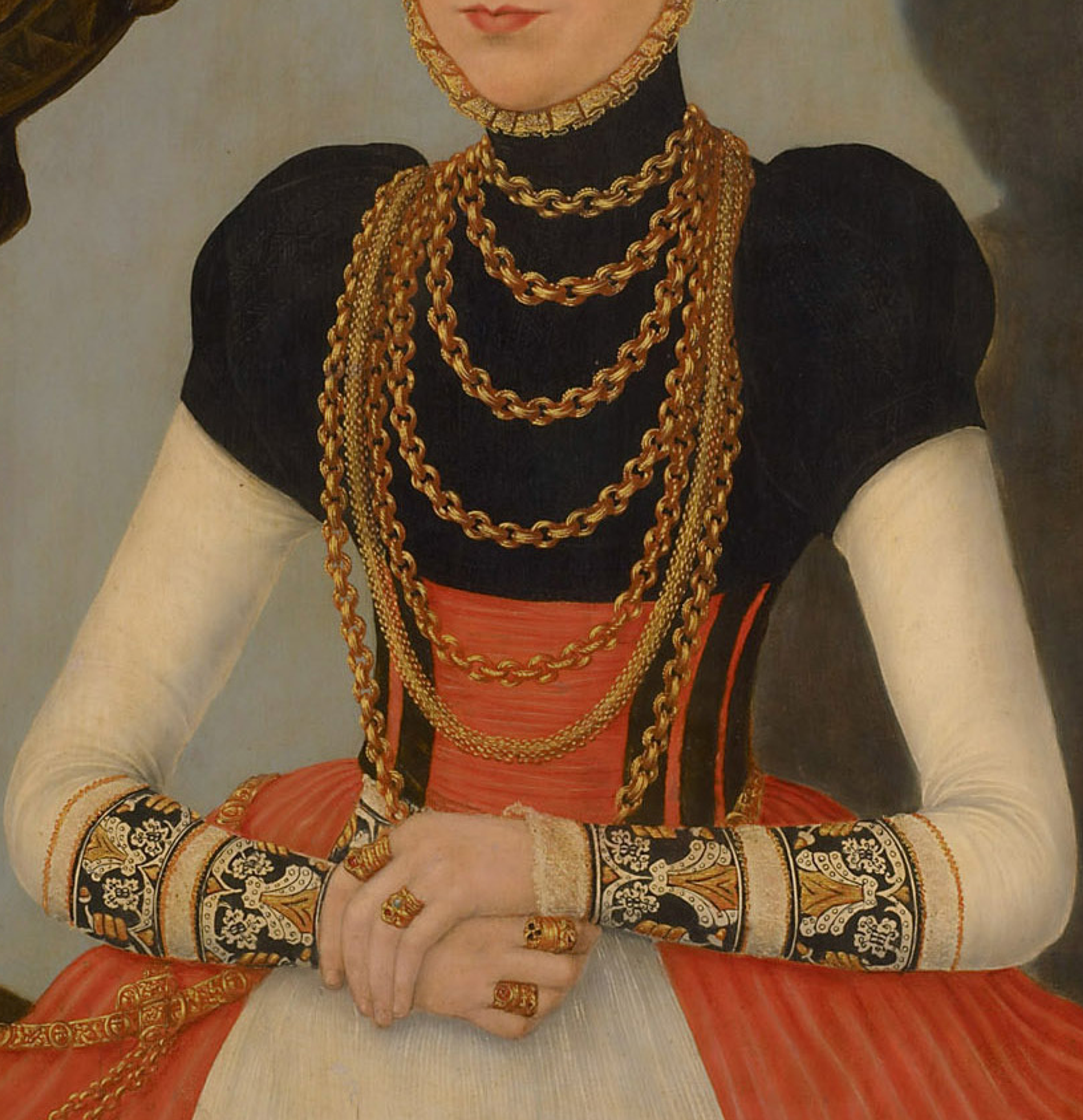
Portrait by Lucas Cranach the Elder J., 1564. Kunst Historisches Museum Wien.
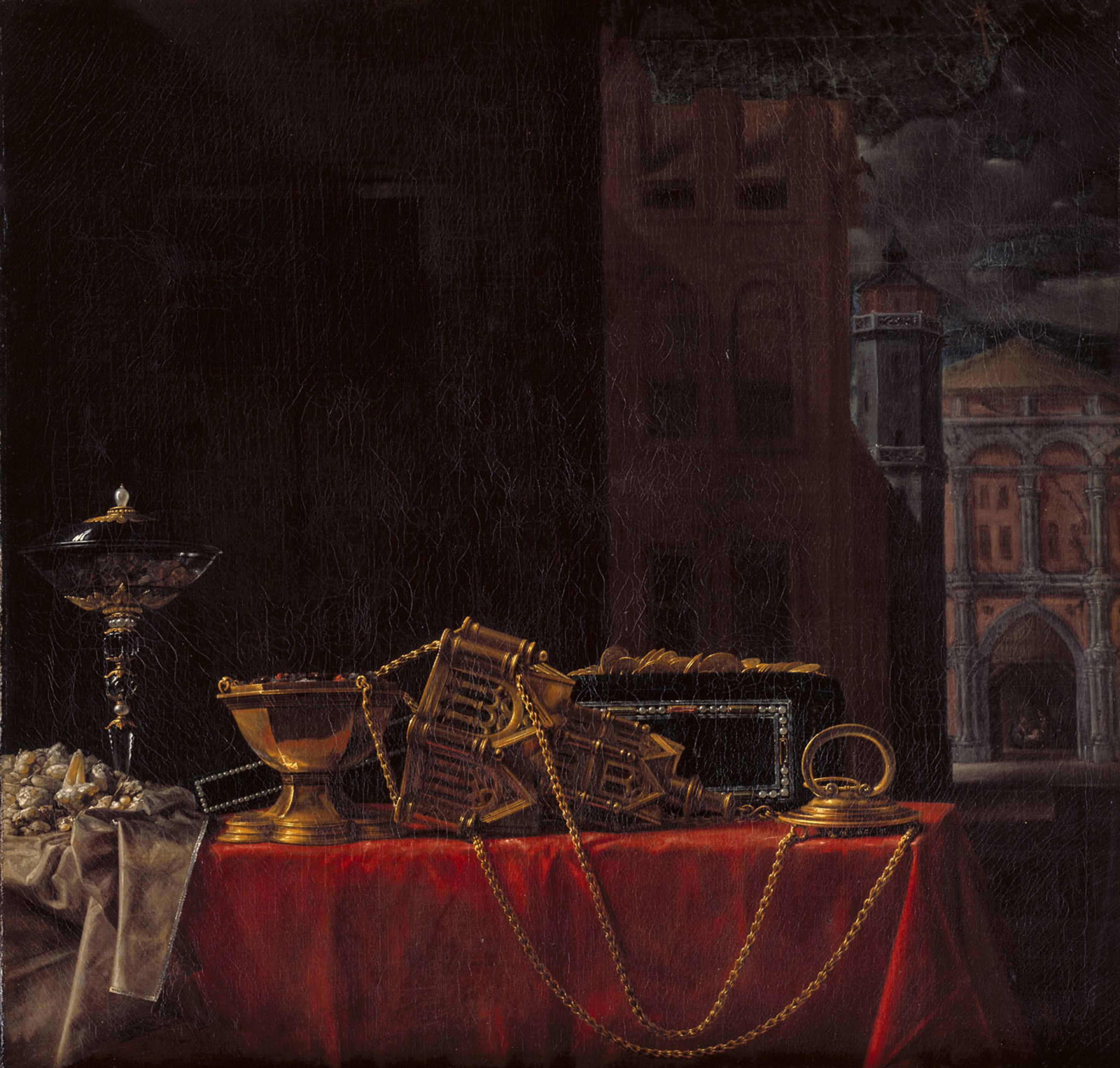
The gifts of the three kings by Jan Anton van der Baren,...
During the Renaissance, Venetian goldsmiths became known for a type of chain known as the catena manin (or Venetian chain, as it became known outside Italy).
The chain was made of links so tiny that it took extremely deft fingers to craft. Some say that the name of the chain “manin” comes from the word “manina,” which means tiny hand. Others say that the name is a nod to the Manin family in Venice, who in the 18th century were amongst the richest families in the wealthy city of Venice and could certainly afford meters of chain.
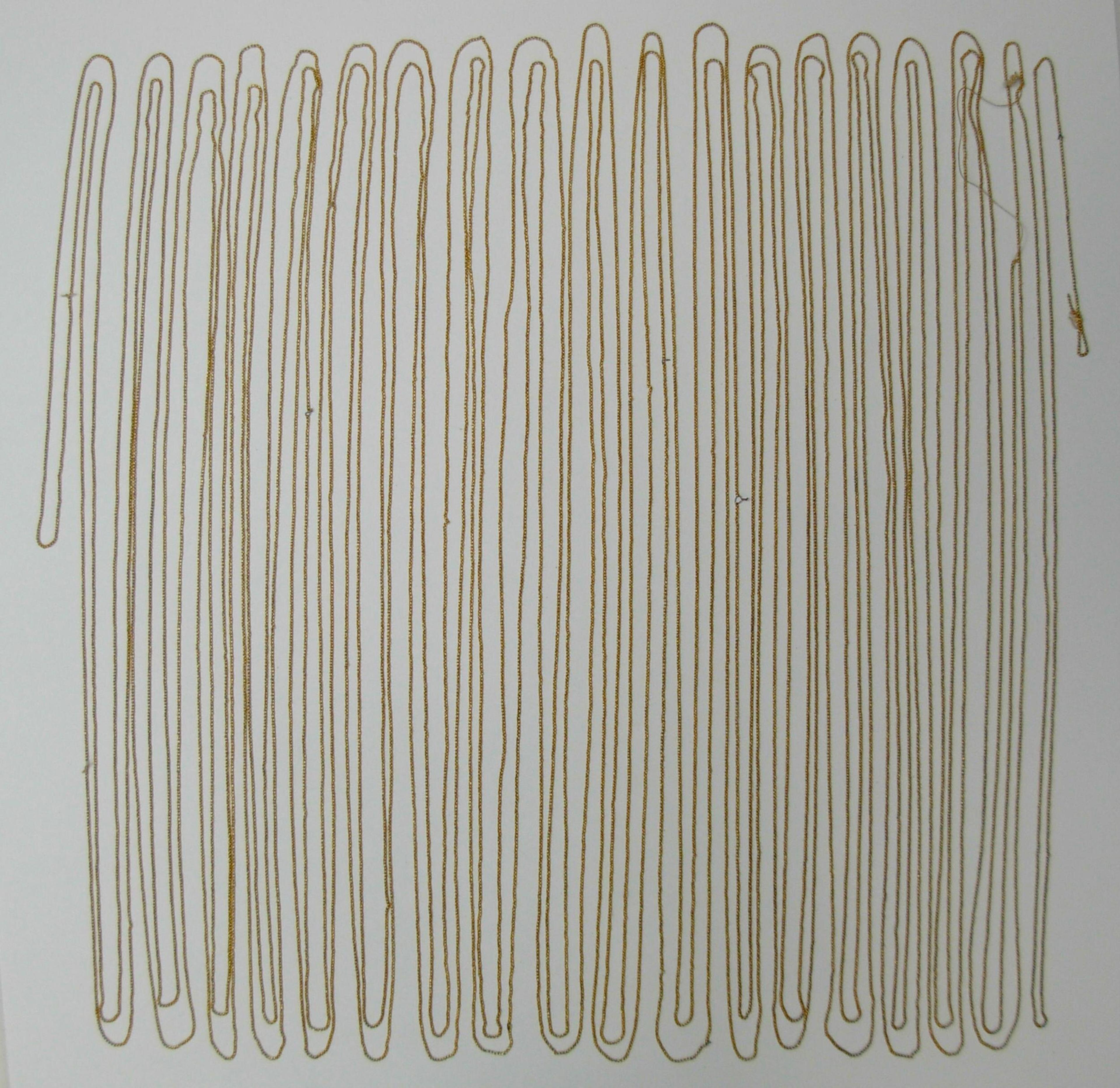
Example of a manin chain, part the Castellani collection of Italian Peasant...

18th century catena manin from Gioielleria Dogale Venezia.
The history of the design of the catena manin is as murky as the origins of the name, but it is thought that the Venetians in Constantinople learned the craft from Byzantine jewelers in the 6th century. The technique involved using a glass bottle filled with water as a magnifying lens so the goldsmith could join the minuscule links together. (The links were so small that a single gram of gold could be used to make nearly 6 inches of chain.) Possession of a catena manin was a sign of a family’s social prestige — so the longer the better (some were 160 feet long!). They could be worn as necklaces or wrapped around the wrist as a bracelet. A Venetian mother would divide the chain amongst her daughters to form their dowry so lengthy chains have rarely survived.
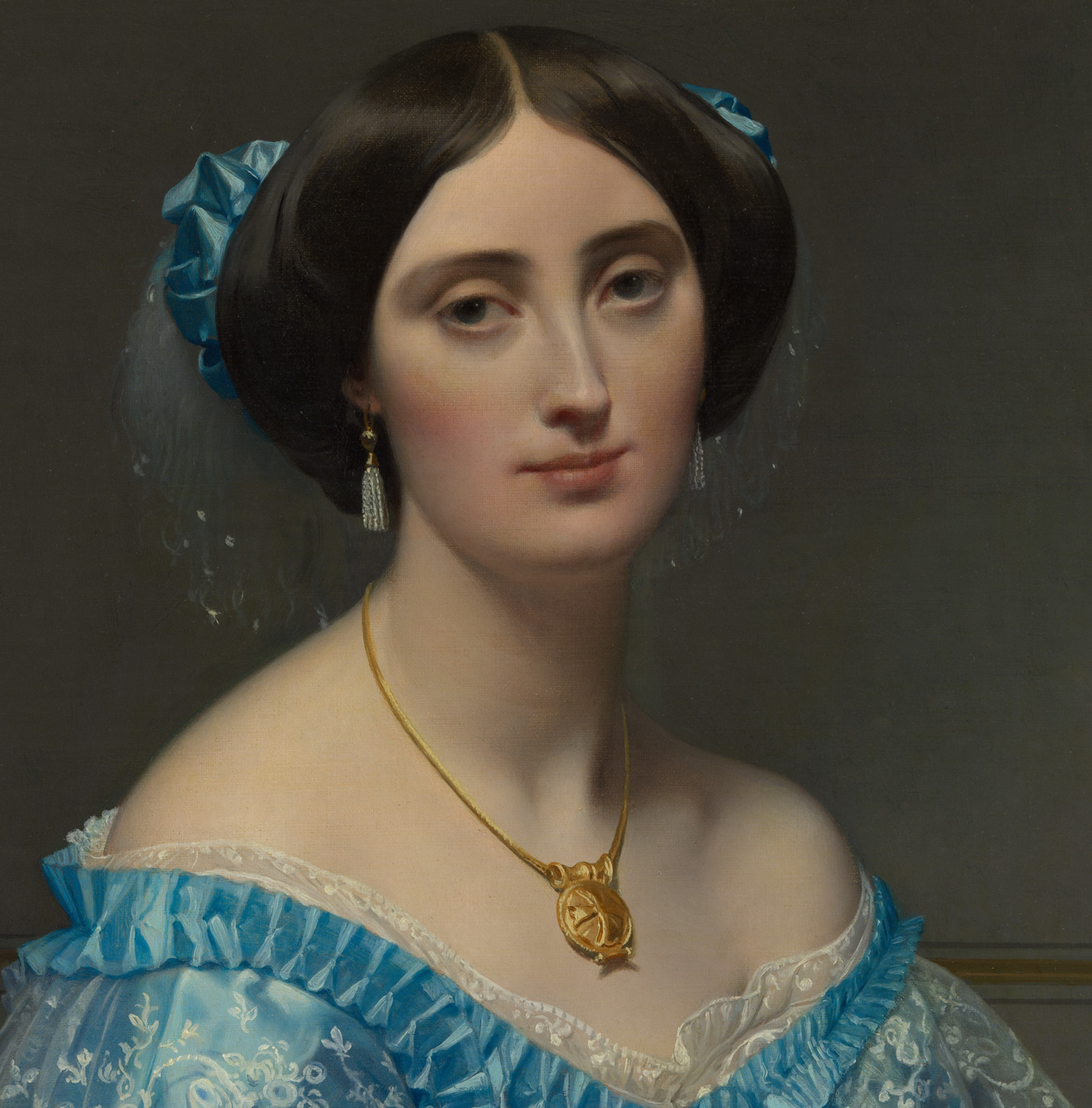
Wearing a gold chain and pendant. Princesse de Broglie, 1851-53 by Jean...
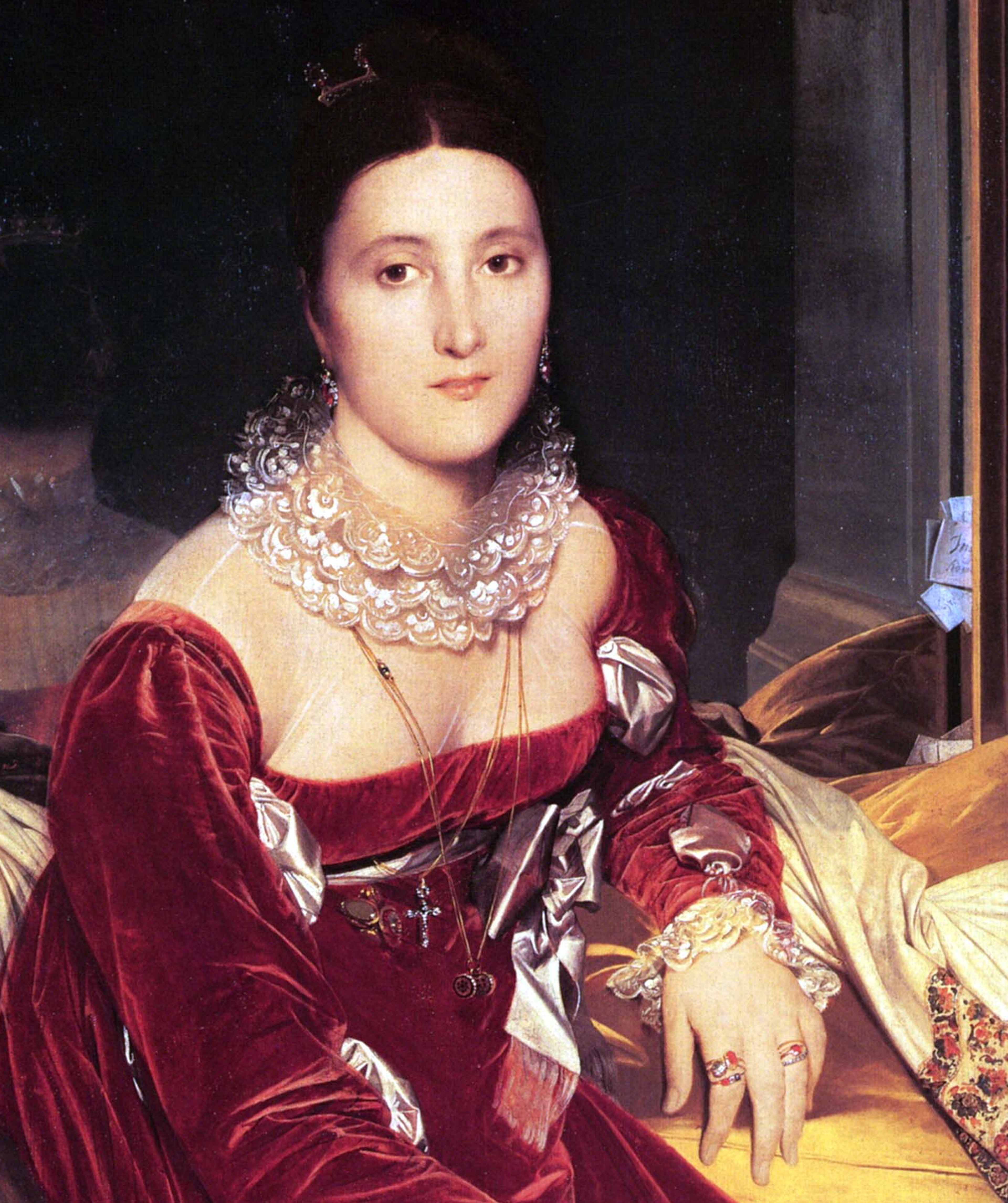
In her daytime look, Madame de Senonnes, 1814-16 by Jean-August Dominique Ingres.
By the 19th century, technological advances in production meant that jewelry consumers could choose from an astounding variety of chain types. This diversity of styles ushered in new rules about daytime vs. evening jewelry. There was a matinee length (20 to 24 inches) and an opera length (35") — and everything in between. A gold chain (or chains), sometimes with a watch attached, were part of a woman's basic daytime look. For those with a smaller jewelry budget, there were new gold alternatives like pinchbeck that enabled women to get the same bling-y look without spending a fortune.

Hélène Arpels wearing the Van Cleef & Arpels versatile tubogas called Passe-Partout....
In the early 20th century, chains remained an integral part of a jewelry collection, whether it was the waist-length chains of 1920s flappers or the pocket watch chain for the Edwardian gentleman. World War II brought shortages and austerity measures. Many jewelers resorted to making light link chains from silver. French jewelers developed a tubular cord called a tubogas that looked substantial but used less gold than appearances would suggest.
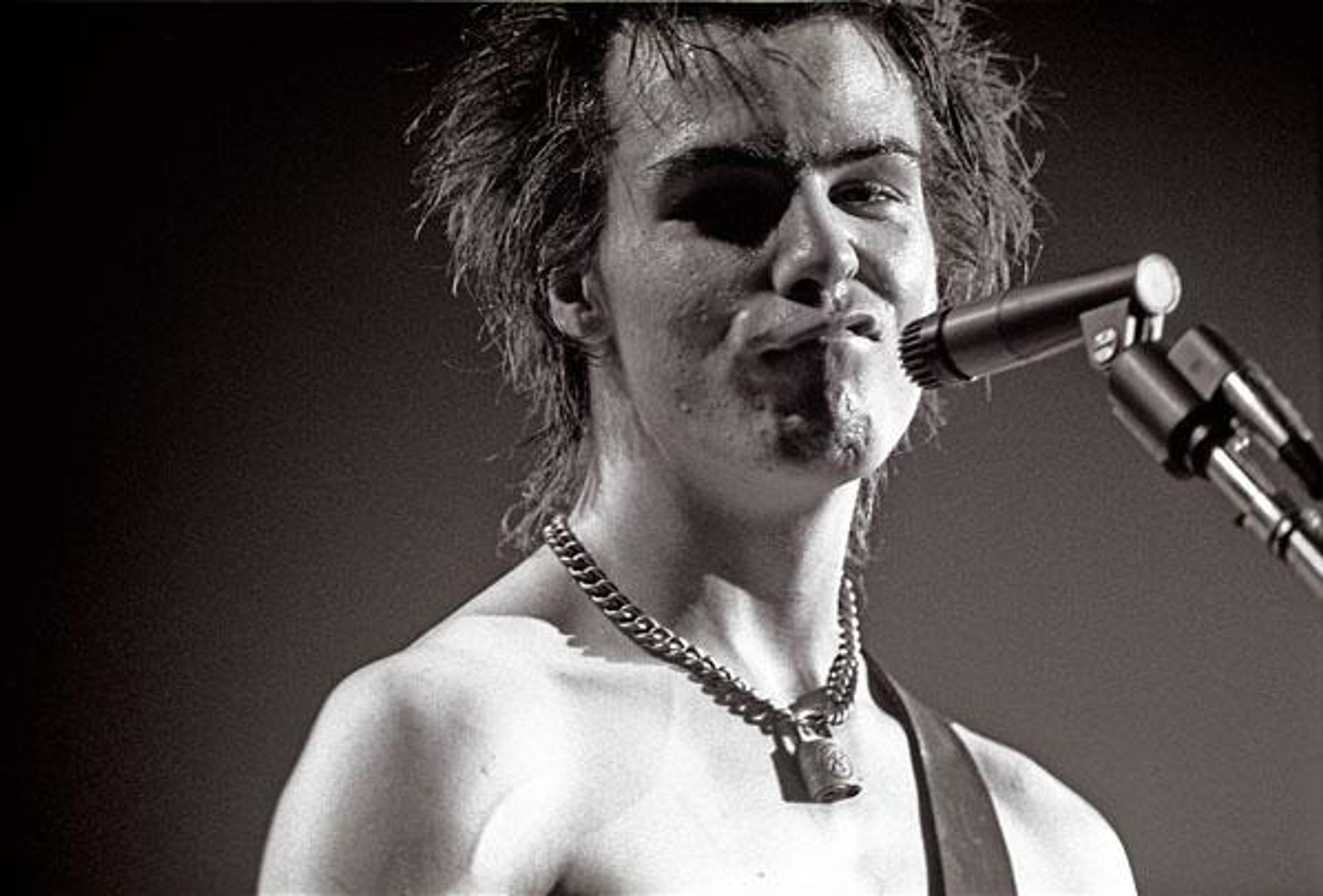
Sid Vicious, January 1978. Chicago Art Department c/o: L. Schorr, CC BY...
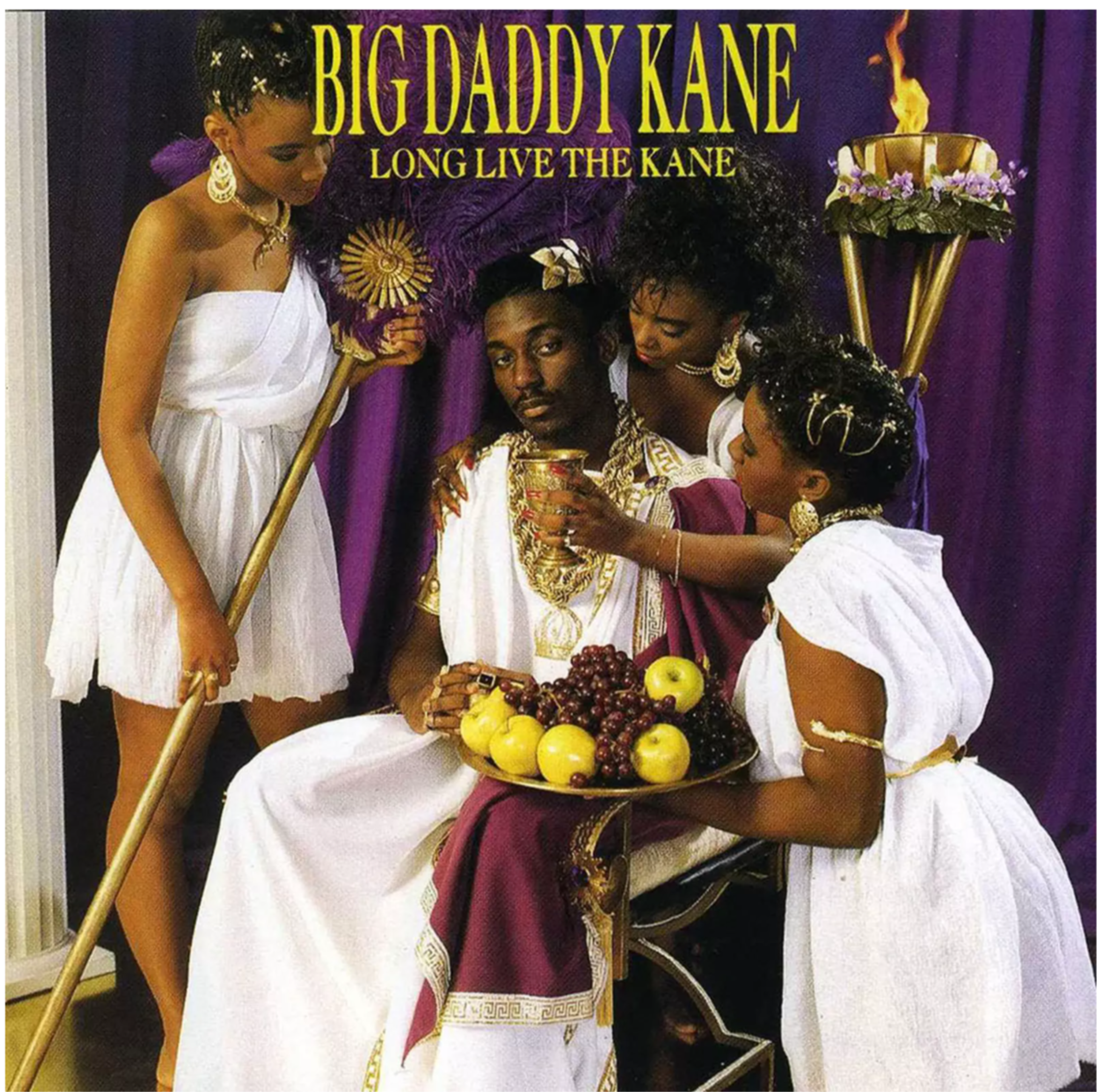
Cover art for the album “Long Live the Kane” by the artist...
In the 20th century, chains became part of counterculture’s visual language. Hippies wore long non-precious metal chains hung with a politically or spiritually meaningful pendant. Punks took chain-wearing to the next level: feet of draped metal necklaces were integral to the hard-edged look. Chains — preferably gold — were equally important to the look and identity of hip-hop artists.
Chain Glossary
Book Chain: A type of heavy link chain that became popular in the Victorian era. Each link is crafted into a rectangular shape by folding the metal in a way that is reminiscent of a book.
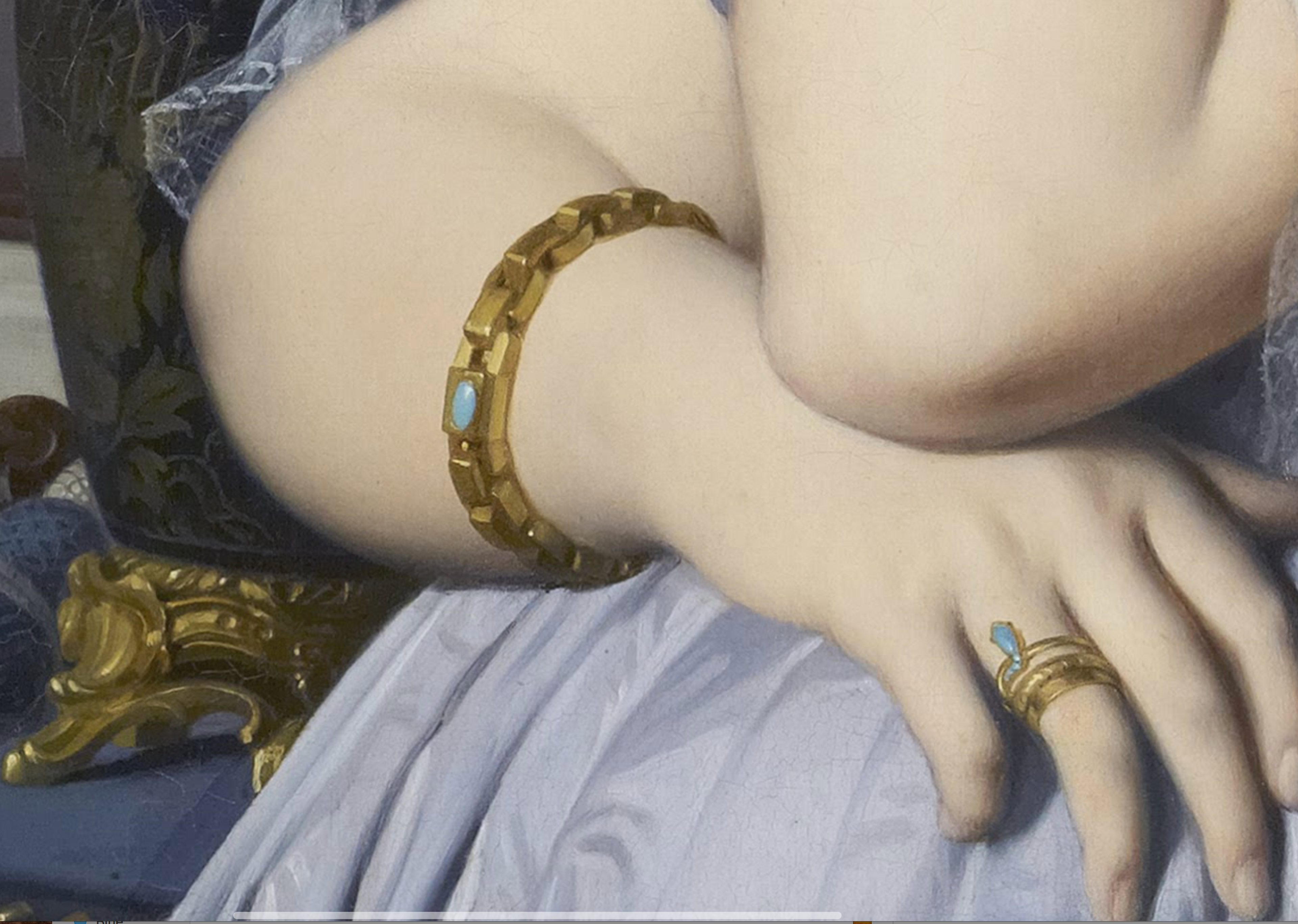
A heavy box chain bracelet in this detail from Portrait of Comtesse...
Box Chain: Made up of wide and square links resembling a box. The links are closely connected.

The longer chain is a Byzantine chain. A portrait of either Catherine...
Byzantine Chain: Two pairs of oval-shaped links are connected by a third larger and thicker link attached to each pair. One of the more expensive styles of chain due to its heft.
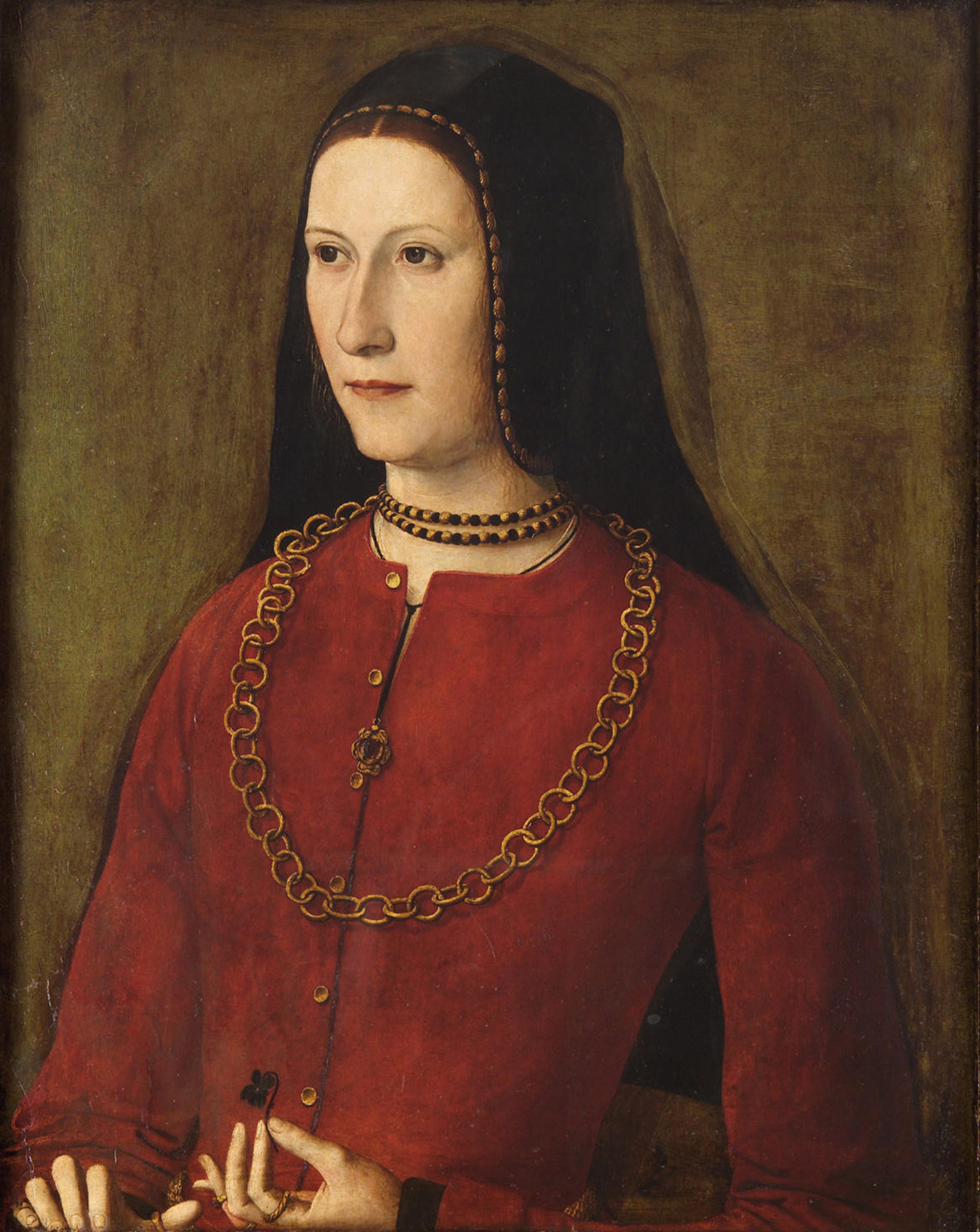
The long chain is a cable chain. Anonymous French portrait, c. 1500....
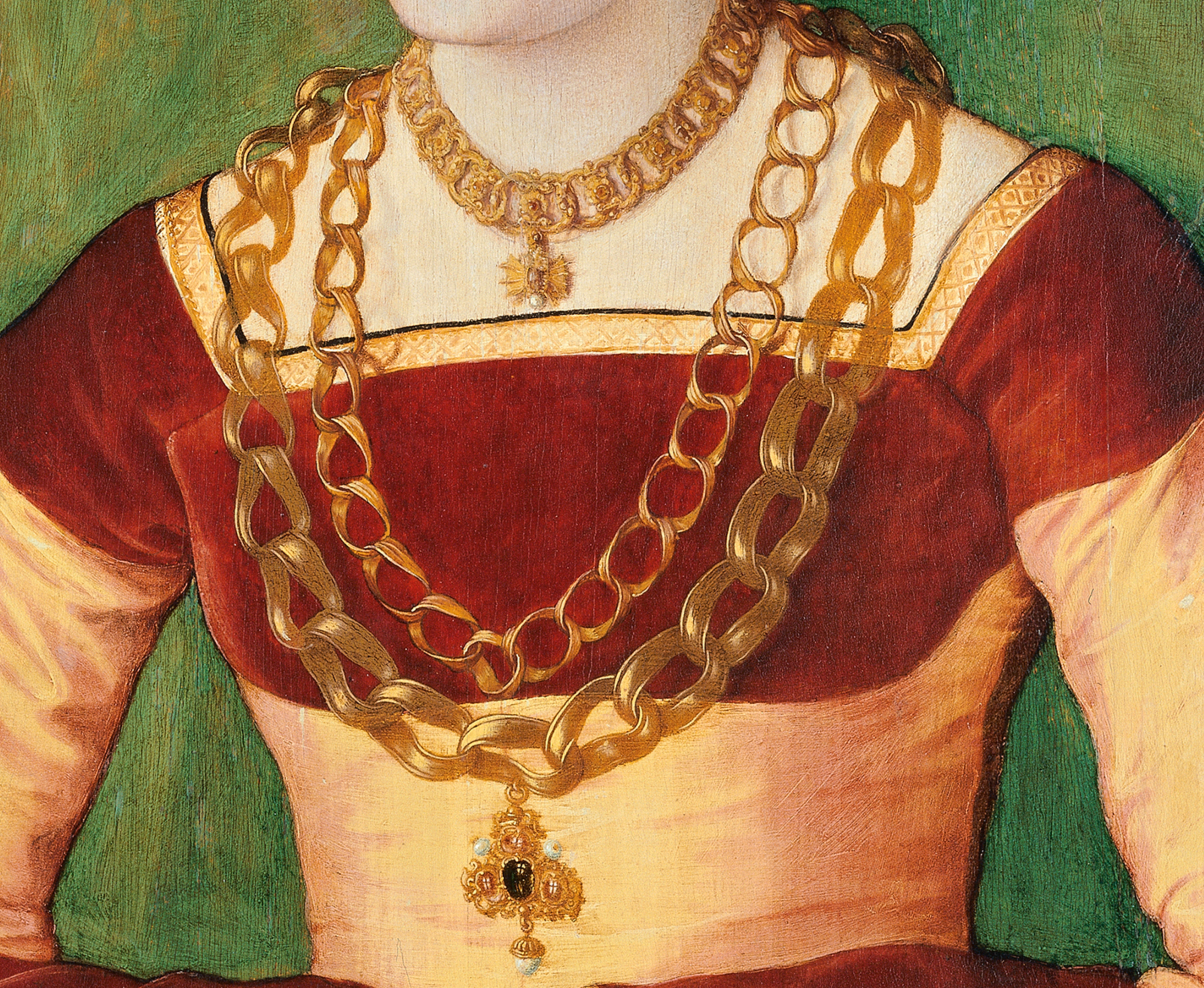
The two bottom chains are cable chains. Ursula Rudolph by Barthel Beham,...
Cable Chain: One of the most common designs in which uniformly round rings are linked to one another.

A curb chain bracelet from a detail of A Lady in Her...
Curb Chain: Oval-shaped links that have been flatted and twisted, and often diamond cut (which facets alongside the surface of each link) so it lays flat.
Guard Chain or Muff Chain: Ultra light-weight and long — Georgian women would wear them tucked into their belts or strung through their fur muffs.
Herringbone Chain: Made with a series of short, flat, and slanted parallel links set in two or more rows.
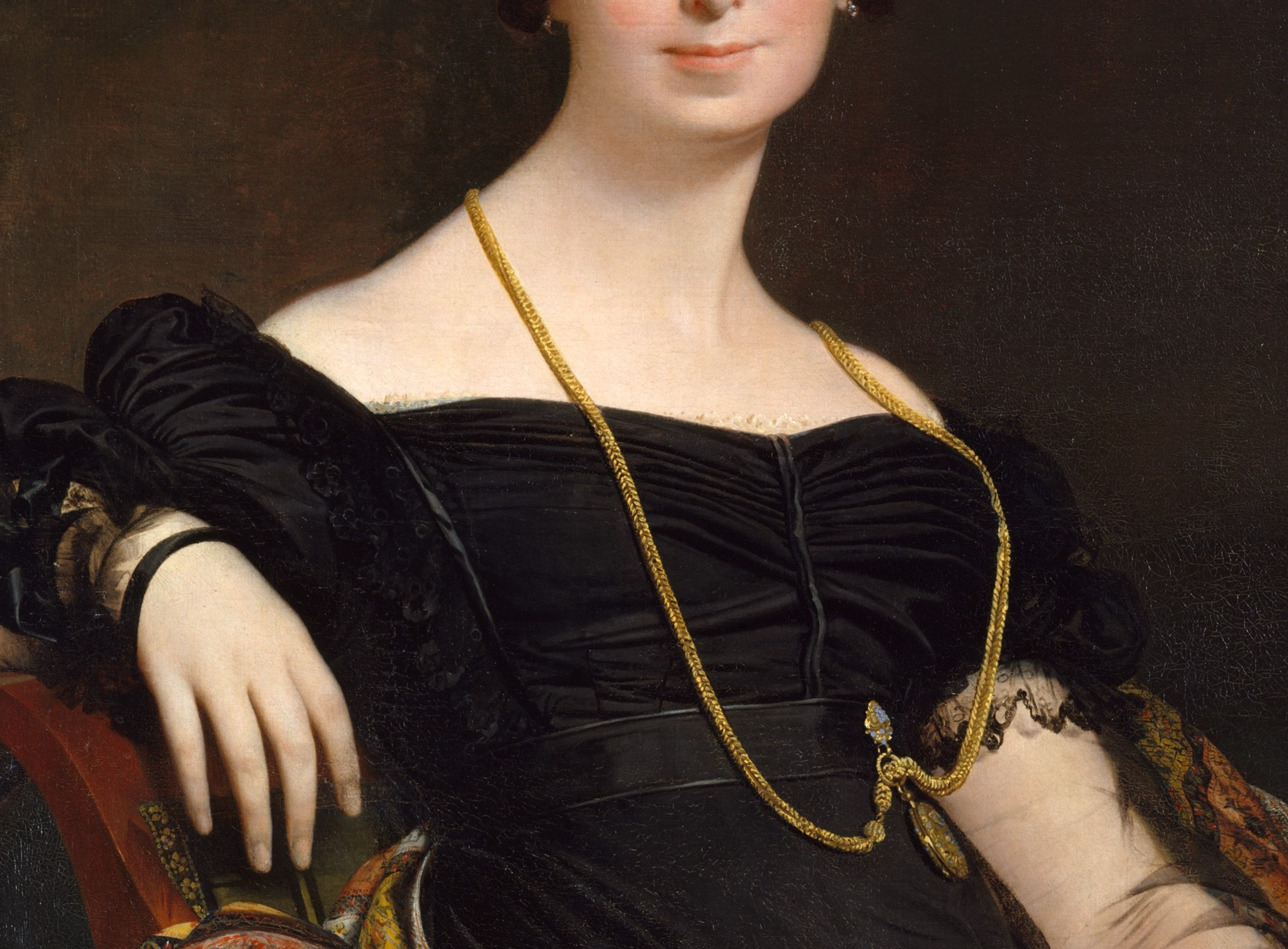
Herringbone chain “Madame Jacques-Louis Leblanc” by Jean Auguste Dominque Ingres, 1823.
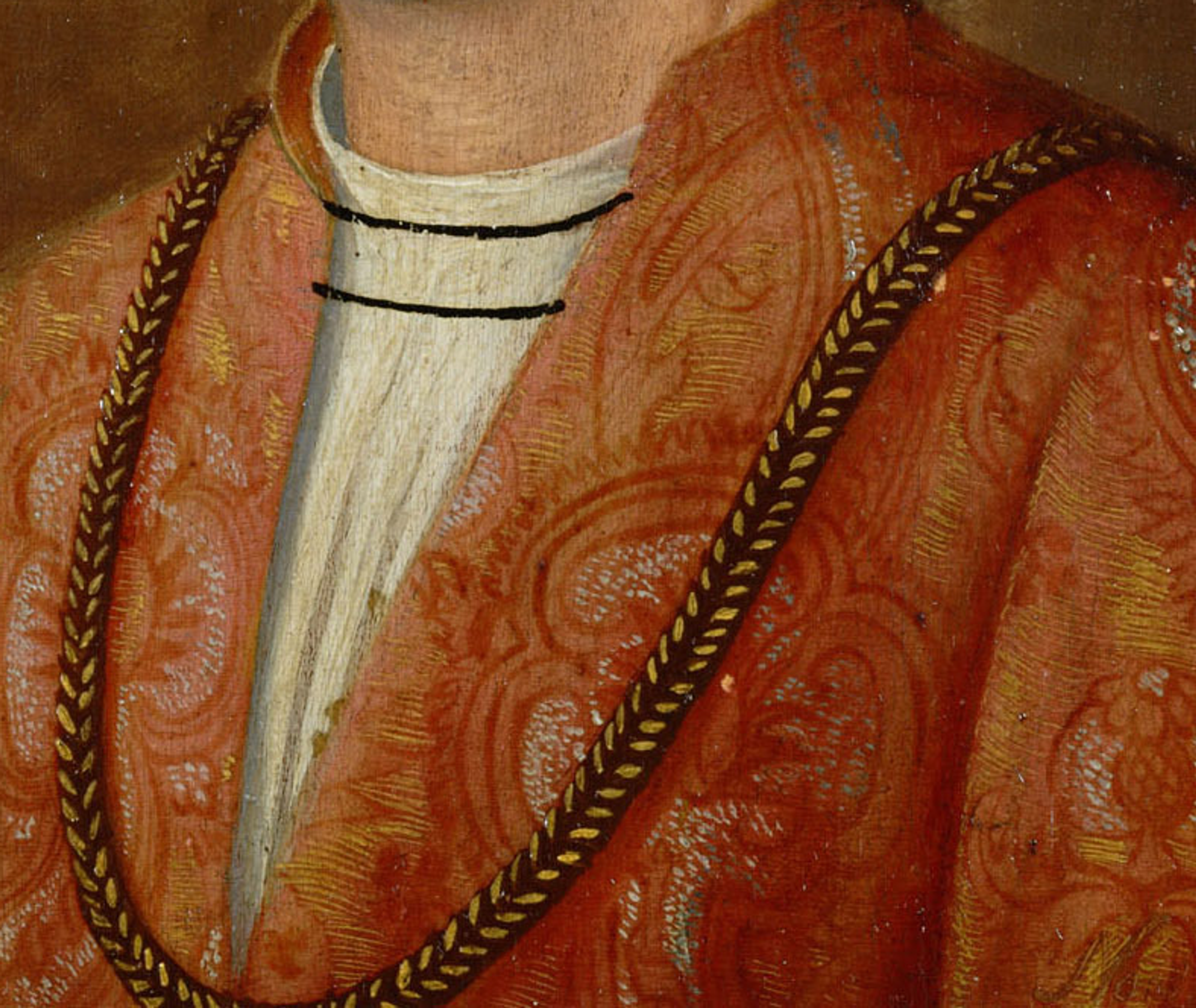
King Ferdinand II of Aragon by Michiel Sittow, late 15th or early...
Figaro Chain: Alternates curb rectangular links and circular links, usually set as one long rectangle to every three smaller, short, circular links. Often a style of chain worn by men.
Mariner Chain: Oval links with a bar in the middle.
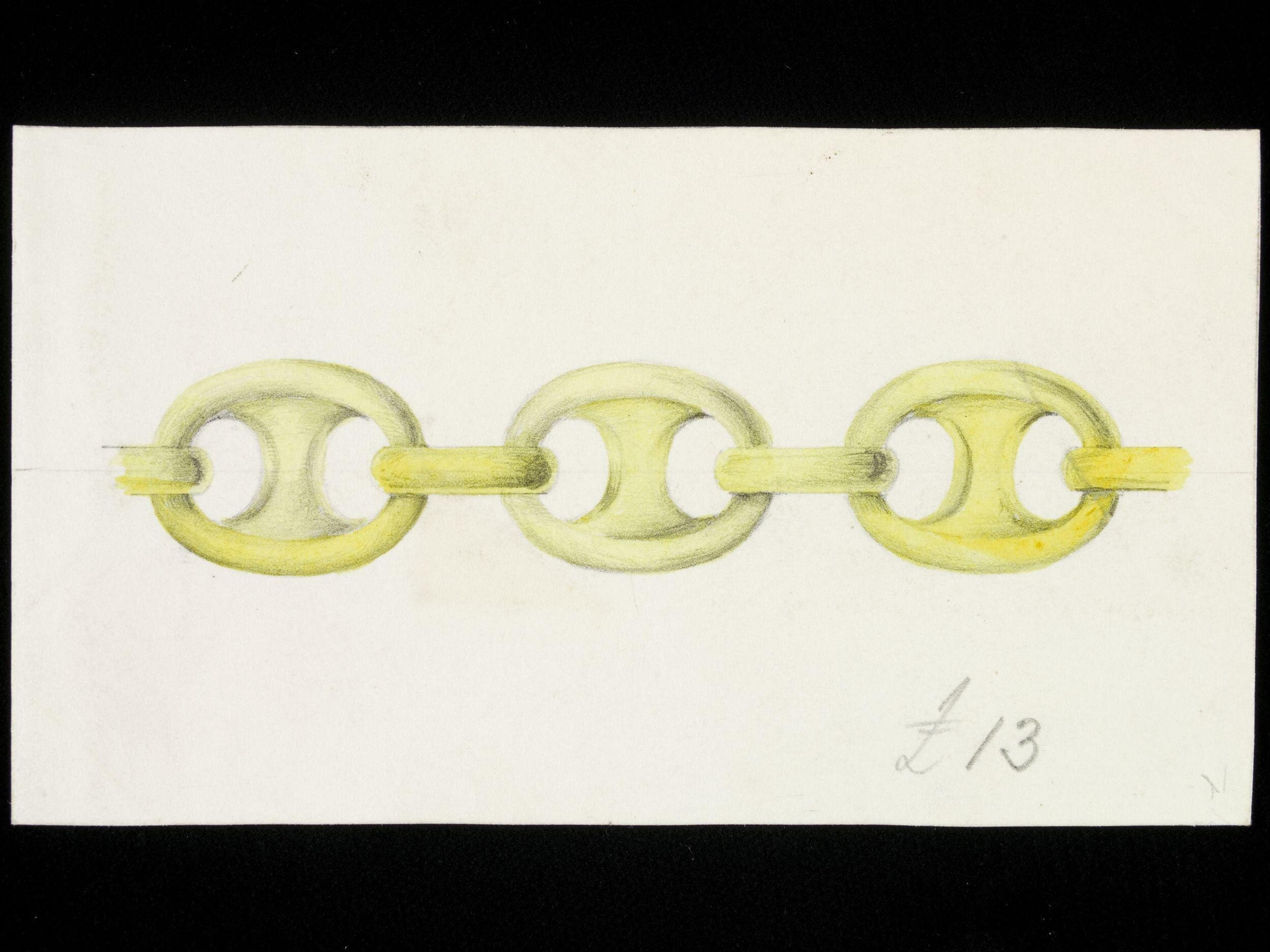
Mariner chain design from The Brogden Album of jewelry design, 1860s, Victoria...
Mesh Chain: Flexible chain woven tightly together using fine wire.
Omega chain: Rectangular, smooth metal plates are placed side by side and crimped along the end onto a strip of metal mesh.
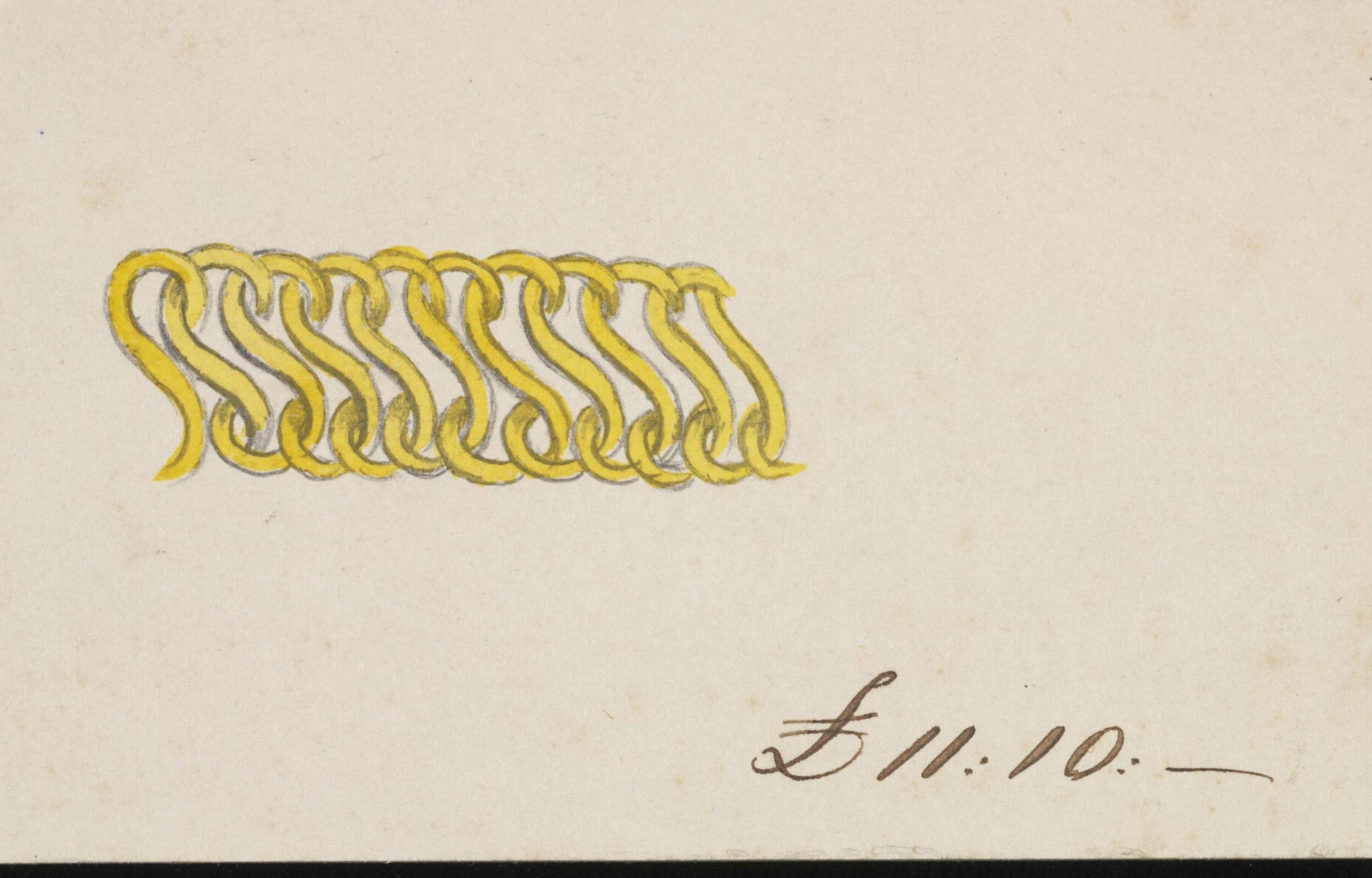
Serpentine chain design from The Brogden Album of jewelry design, 1860s, Victoria...
Serpentine chain: Named for its s-shaped links placed close together.
Rope chain: Two thick chains are woven together to give the appearance of a spiral.
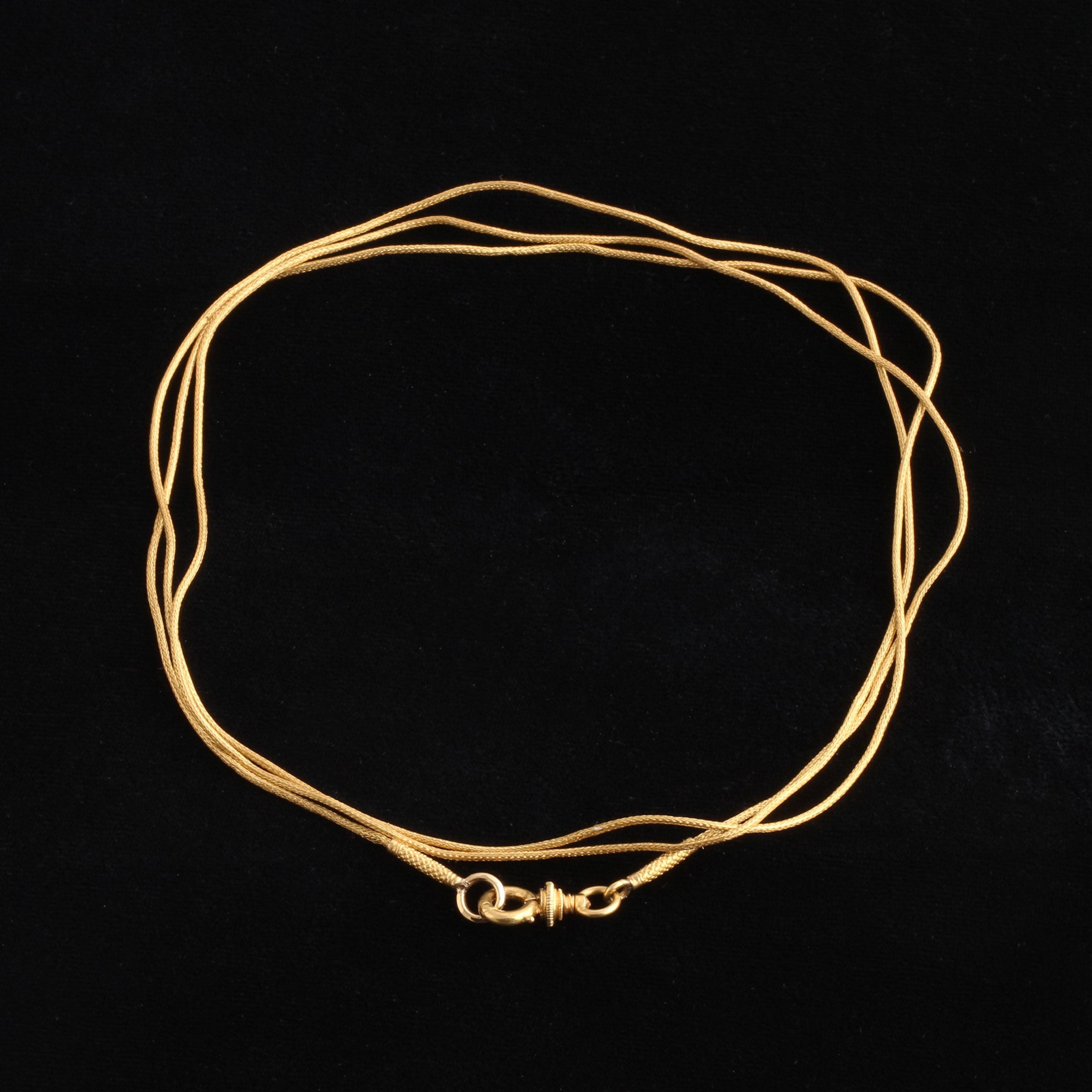
36" Victorian gold rope chain, Erica Weiner archive.
Snake chain: A series of round, wavy metal rings joined side-by-side to form a smooth flexible tubing.
Wheat chain: Oval and twisted oval links are connected and intertwined, resulting in a strong chain with visual texture.
